Castile La Mancha DOs (Part I)
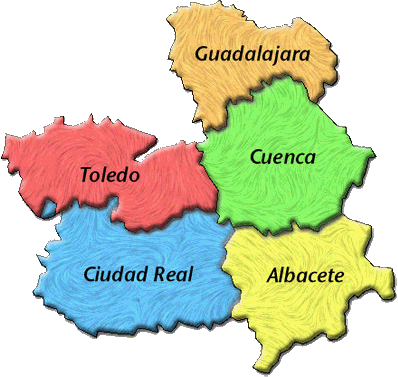
"In a place in La Mancha, whose name I do not want to recall, there dwelt not so long ago a gentleman of the type wont to keep an unused lance, an old shield, a greyhound for racing, and a skinny old horse." If you study Spanish in Spain, you've probably heard this sentence: it's the opening of El Quixote, and it made Castile-La Mancha (Castilla La Mancha in Spanish) universally famous. Castile La Mancha is in the middle/southeast of Spain, and it's the most sparsely populated autonomous community of Spain. While its capital city is Toledo, the most densely populated city is Albacete.
Castile-La Mancha is a land of tradition and history, and the setting of many of the battles between the Muslims and the Christians from 1000 b.C. to the 13th century. It's also the land that saw the marriage in 1492 between Isabella of Castile and Ferdinand of Aragon, known as the Catholic Monarchs. This resulted in the unification of the Crown of Castile and the Reign of Aragon, and it was the beginning of what would become modern day Spain.
The vast plains of Castile, dotted with windmills, orchards and vineyards, are one of the typical Spanish landscapes. The climate here is similar to the one in the Mediterranean area, but temperatures tend to be much more extreme. This means really hot summers and very cold winters, where subzero temperatures aren't uncommon.
DOs (designations of origin) of Castile la Mancha
Wine has always been a key part in the identity of Castile-La Mancha. In fact, many of the customs and festivities of this region are based in the wine culture. Castile- La Mancha is also referred to as "the largest vineyard in the world". The first truly Castilian vines were planted in the 12th and 13th centuries, but the best versions of their La Mancha wines came after the industry re launched itself when the II World War was done and the European trade market revived.
DO Almansa
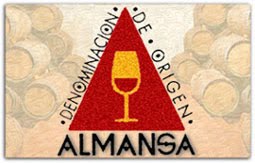
The DO Almansa was established in 1975 and it occupies the southeast area of the province of Albacete. The vineyards enjoy a Mediterranean climate, although the winters can get quite cold (around -5ºC). The allowed grape varieties are the Garnacha Tintorera, Cencibel, Monastrell and Macabeo, and most of the production consists of full bodied reds, although a small percentage is dedicated to whites. Most of the vineyards of this DO are found in plains around 2300 feet in altitude, however, it's not uncommon to see higher plantations in the surrounding hills.
The alcohol levels in the La Mancha wines of this DO are as follows:
- Red wine, with a minimum alcohol content of 12%
- White wine, with a minimum alcohol content between 11.5%-13.5%
- Rosé wine, with a minimum alcohol content of 12.5%
DO Dehesa del Carrizal

The DO Dehesa del Carrizal was established in 2006 in Ciudad Real, a city 200km south of Madrid. Ciudad Real was founded in the 13th century by Alfonso X during the repoblation campaigns that took place after the Reconquest, when a big part of Spain was unpopulated due to the battles taking place everywhere. During the Middle Ages, the city was surrounded by a wall and protected by over 100 towers, and inside lived Christians, Muslims and Jews. Only a couple of pieces of the wall remain today.
The Toledo Mountains house the vineyards of DO Dehesa del Carrizal. The land where they're planted was acquired in 1984 by Dr. Marcial Gómez Sequeiro, also a wine lover and entrepreneur, who planted the first vine in 1986. This area enjoys a marked continental climate, with very cold winters and very hot summers, but the because of the high altitudes in which the vines are planted (nearly 3000 feet) the grape harvest occurs late in the year and this gives the fruit time to ripe accordingly.
The allowed grape varieties are in these La Mancha wines Cabernet Sauvignon, Syrah, Merlot and Tempranillo in reds; Chardonnay in whites. The alcohol content in the DO Dehesa del Carrizal is a minimum of 12% for both reds and whites.
DO Dominio Valdepusa
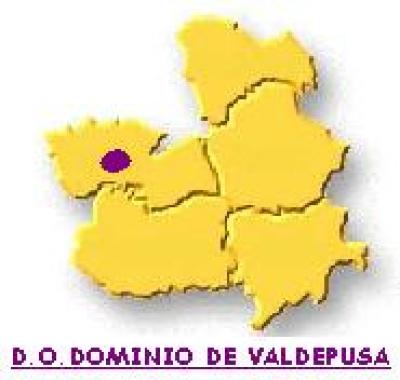
In a plain to the left of the Tajo river is Malpica del Tajo, a Spanish village in the province of Toledo. Malpica del Tajo is the house of the DO Dominio de Valdepusa, established in 2003. The grapes are planted in plains at 1300 feet of altitude and are affected by a continental climate with extreme temperature differences between summer and winter. DO Dominio de Valdepusa only produces red La Mancha wines, with the Syrah, Cabernet Sauvignon, Petit Verdot and Merlot varieties and with an alcohol content between 13.5% and 15%.
DO Finca Élez

The northwest of the Albacete province is where you can find the DO Finca de Élez, in the heart of the Alcázar mountains. Owned by Manuel Manzaneque, a Spanish theatre producer and director, the DO Finca de Élez started out as a private vineyard and winery, but it obtained its own designation of origin in 2002.
DO Finca de Élez has a mediterranean-continental climate with warm summers and very cold winters. The temperature differences between day and night can be of almost 20ºC, mostly due to the altitude of the vineyards (3400 feet). This DO produces both white and red La Mancha wines using the varieties Cabernet Sauvignon, Merlot, Tempranillo and Syrah, and their alcohol content should be a minimum of 11.5%.
DO Jumilla
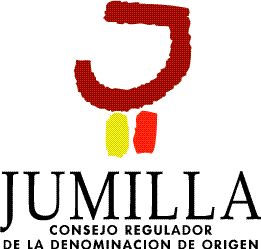
DO Jumilla has some of the best known Spanish wines. The influence of the Mediterranean softens the climate by which these grapes are affected and produces soft, balanced wines of high quality. Don't you want to learn more about their history?
DO La Mancha
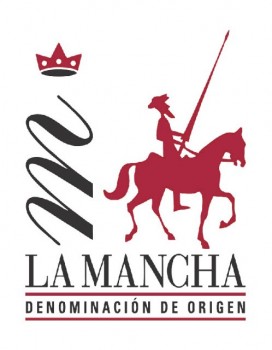
In the central plateau of Spain is the DO La Mancha, which was established in 1973. The geography is not very variable, and most of the terrain is composed of the vast dry plains which have made La Mancha so popular. The vineyards are placed at 2300 feet of altitude and undergo extreme changes in temperature due to the continental climate which affects this area. Summers can reach 45ºC during the day and winters can go as low as -15ºC, with little rain.
DO La Mancha produces different types of wines, and some of the grape varieties used are Airen, Viura and Macabeo, Chardonnay, Sauvignon Blanc, Verdejo, Pedro Ximénez and Torrontes for the whites and Tempranillo, Garnacha, Moravia, Cabernet Sauvignon, Merlot, Syrah, Petit Verdot, Monastrell, Bobal and Graciano for the reds.
The alcohol levels in these La Mancha wines are as follows:
- Red wine, with a minimum alcohol content between 11% and 15%
- White wine, with a minimum alcohol content between 10% and 14%
- Rosé wine, with a minimum alcohol content between 10% and 14%
- Sparkling wine, with a minimum alcohol content between 10.5% and 13%
DO Manchuela
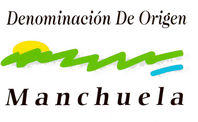
Although wine has been produced in this region for a long time, it wasn't until 2000 that it received its own designation of origin. The first attempt to get this recognition was in 1966, but the legal paperwork was never formalized due to some legal changes in 1970.
The DO Manchuela has its vineyards between the Cabril and Júcar valleys, to the northeast of the Albacete province. This area is affected by the continental climate, but influenced by the humid winds of the Levante. The plantations can be found between 1900 and 2300 feet of altitude and the varieties used are Albillo, Chardonnay, Macabeo and Sauvignon Blanc (whites); Bobal, Cabernet Sauvignon, Cencibel, Garnacha, Merlot, Monastrell, Moravia dulce and Syrah (reds).
The alcohol levels in the wines of DO Manchuela are as follows:
- Red wine, with a minimum alcohol content of 12%
- White wine, with a minimum alcohol content of 11%
- Rosé wine, with a minimum alcohol content of 11.5%
There are six other designations of origin that produce La Mancha wines: DO Méntrida, DO Mondejar, DO Pago Guijoso, DO Ribera del Júcart, DO Uclés, DO Valdepeñas.
Spanish Wine History
Spanish Wine Regions and DO
Spanish Wine Tours
Top Spanish designations of origin
Best Spanish Wines
Spanish Wine Production
Spanish Wine Types
Spanish Grapes
Spanish Sparkling Wine: Cava
Sherry Wine
Spanish Wine Cocktails
Spanish Wines in the World
Spanish Wine Prizes
Enotourism
Spanish spirits and liquors
Argentina Wines
Chilean Wines
Other sites